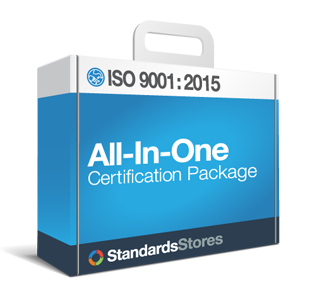Incoming Inspection: Do we have to inspect everything?
Incoming Inspection, also commonly referred to as a receiving inspection, validates the quality of purchased raw materials, parts or components based on set acceptance criteria. Quality assurance personnel perform the inspection in the manufacturing facility to resolve quality issues during pre-production. In general, the organization does not have to inspect everything, but under Clause 8, you are required to assess both internal and external influences (learn more about controlling external influences) in formulating and implementing a quality management system.
ISO Receiving Inspection Responsibilities:
Receiving inspections tie in very closely with purchasing. The purchasing process is where you put controls in place to make sure that your suppliers provide you with quality products and services. When you establish these criteria, you will also establish compatible inspection and test criteria.
When receiving parts or components, it is imperative that your organization is responsible for inspecting items to ensure there is no damage or other nonconformities such as damaged packaging or signs of tampering. If all of these checks and inspections are satisfactory, the receiving personnel will sign the delivery receipt. If there is anything unacceptable, any and all shortages or damages are noted on the delivery slips.
Received products are then moved to the designated inspection area. The goods shall first be verified against the purchase order and packing slip and then examined visually for any signs of damage. On critical parts and components, as determined by the Quality Manager, precision inspection(s) and test(s) shall be performed.
Many companies have a program to designate “certified suppliers.” They receive products from these suppliers directly into stock. If you qualify suppliers by auditing their quality system, by inspecting trial orders or by other means, you can determine what kind of sampling plan you need to monitor the quality of their product.
Some products come with certain certifications or standards already met for the product. These come with a Certificate of Analysis or other evidence that control is exercised at the supplier’s location. If this is the case, your inspection may be checking for a Certificate. Incoming inspection can be as simple as reviewing the packing slips and verifying that the correct item and quantity are received. It is up to your organization to determine how the quality of the supplies affects your product quality and how you will measure and monitor.


